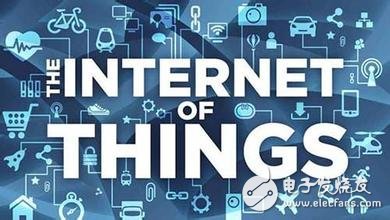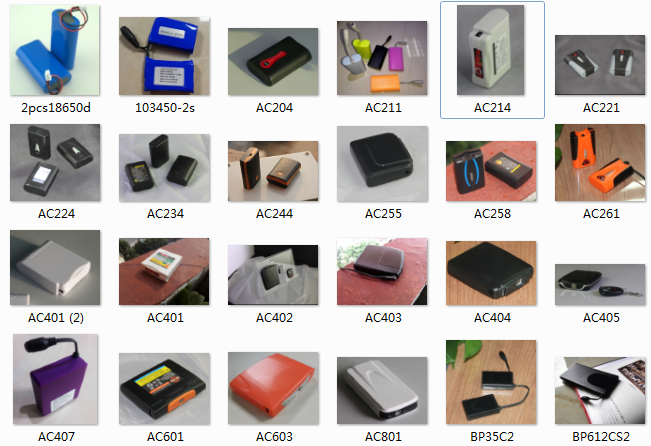This year's Consumer Electronics Show and World Mobile Communications Conference show that the Internet of Things and wearable technology are about to become mainstream. According to the forecast report released by IDC this month, the global technology and service revenue of the Internet of Things will increase from $48 trillion in 2012 to $73 trillion in 2017.

Big data, big value
The rapid development of the Internet of Things will create a larger amount of data and put more pressure on companies. As the pace of development of the Internet of Things accelerates, various problems have followed. One of the most critical issues is whether companies have enough infrastructure to support data growth.
Data has grown rapidly and is the driving force for innovation, the messenger of entertainment and the theme of modern life? ? . The fundamental source of interest for big data is insight, which can provide real value to the business.
Consumer behavior suggests that targeted training in the retail environment can help governments address socio-economic issues and provide the primary means of analyzing and curing diseases. The potential of big data is endless and its value cannot be measured.
In addition, Gartner estimates that the Internet of Things and wearable technology will bring in more than $1.9 trillion in economic value over the next six years. But the problem that cannot be ignored is where we are going to place the data and how to manage it.
The Internet of Things is priceless
The convenience and benefits that the Internet of Things brings to people are invaluable, making the right data strategy equally priceless. Developing the right strategy will open up new possibilities for the Internet of Things so that each business can grasp its own future. And, the Internet of Things will not only be priceless, it will also be highly dynamic. Continuous data flow will create new possibilities with partners and their own data systems, offering different types of services.
Therefore, we need to be able to work directly and securely with other companies and suppliers, which will drive a wider range of connectivity needs. But the essence of the Internet of Things is the speed of accessing data and cross-referencing, so we must do internal technologies, such as data infrastructure. If the speed can't keep up, the time lag may cause the wearable device (such as Google Glass) to be inconvenient.
We must keep in mind that the inherent advantages of the Internet of Things are convenience, so the quality of the infrastructure must be ensured.
How companies manage these data
In addition to the speed of access and latency, companies need to think carefully about how they will manage and place these valuable data.
The Internet of Things will operate with public, private, and enterprise data centers. In all three ways, regardless of the proportion of occupancy, it will lead to a tight supply of data centers and cloud resources. Especially in central areas with high population density, first-tier urban areas, and even industrial and manufacturing centers, the data space in these places will become very tight.
It is still too early to tell exactly how the Internet of Things will evolve in the next few years, and how demand and supply should be compared, but one thing is clear: the data center will play a key role. Any move to the IoT requires a tailored data center strategy to balance current needs with future growth. So for now, CIOs need to think carefully about their data center strategy issues.
As always, what they need now is still to be confident in the flexibility, scalability, security, availability and connectivity of the Internet of Things.
Although planning for the future is an essential part of any C-level strategy, CIOs in data-driven organizations must not underestimate the rapid growth of data storage and operations, and the Internet of Things has begun to address their needs.
We make 7.4v 2000mah to 20Ah Li Ion Battery Pack for heated clothing all types, including heated glove, heated jacket, heated coat, heated vest, heated shirt, electric heated jacket, heated pants, heated boots, heated gloves, heated underwear, heated jacket liners, heated glove liners, heated work glove, heating vest, heating clothing, heated motorcycle jacket, heated hunting jacket.
most popular model is 7.4v 2 cells battery, typical capacity 2200-2400mah, 2500-2600mah, 2900-3000mah, 3200-3400mah.

7V Heated Glove Battery,Heated Gloves Battery,Hand Warmers Battery,Warmest Gloves Battery
Asarke Industry Co., Limited , https://www.asarke-industry.com